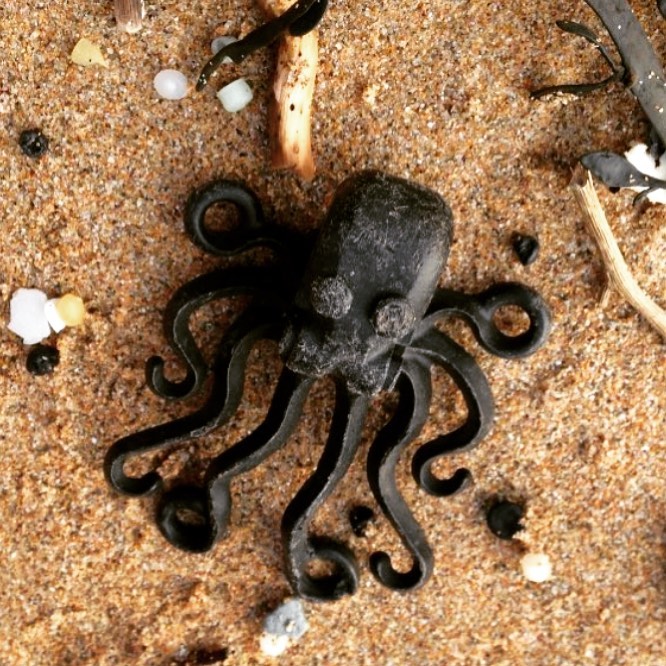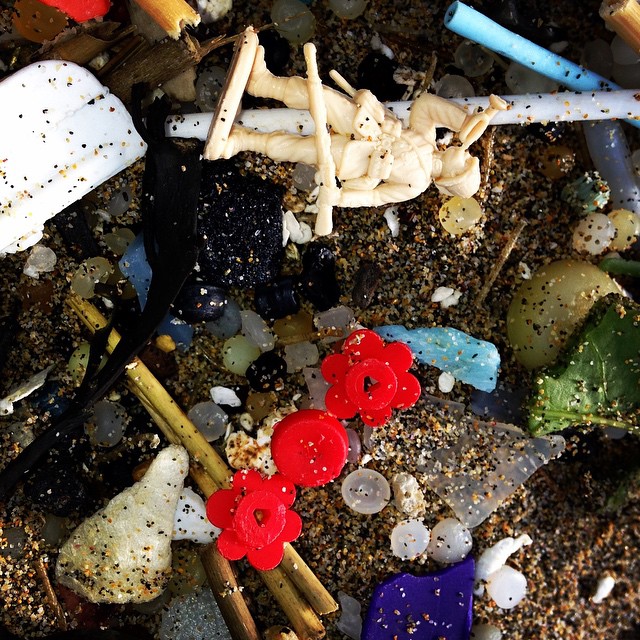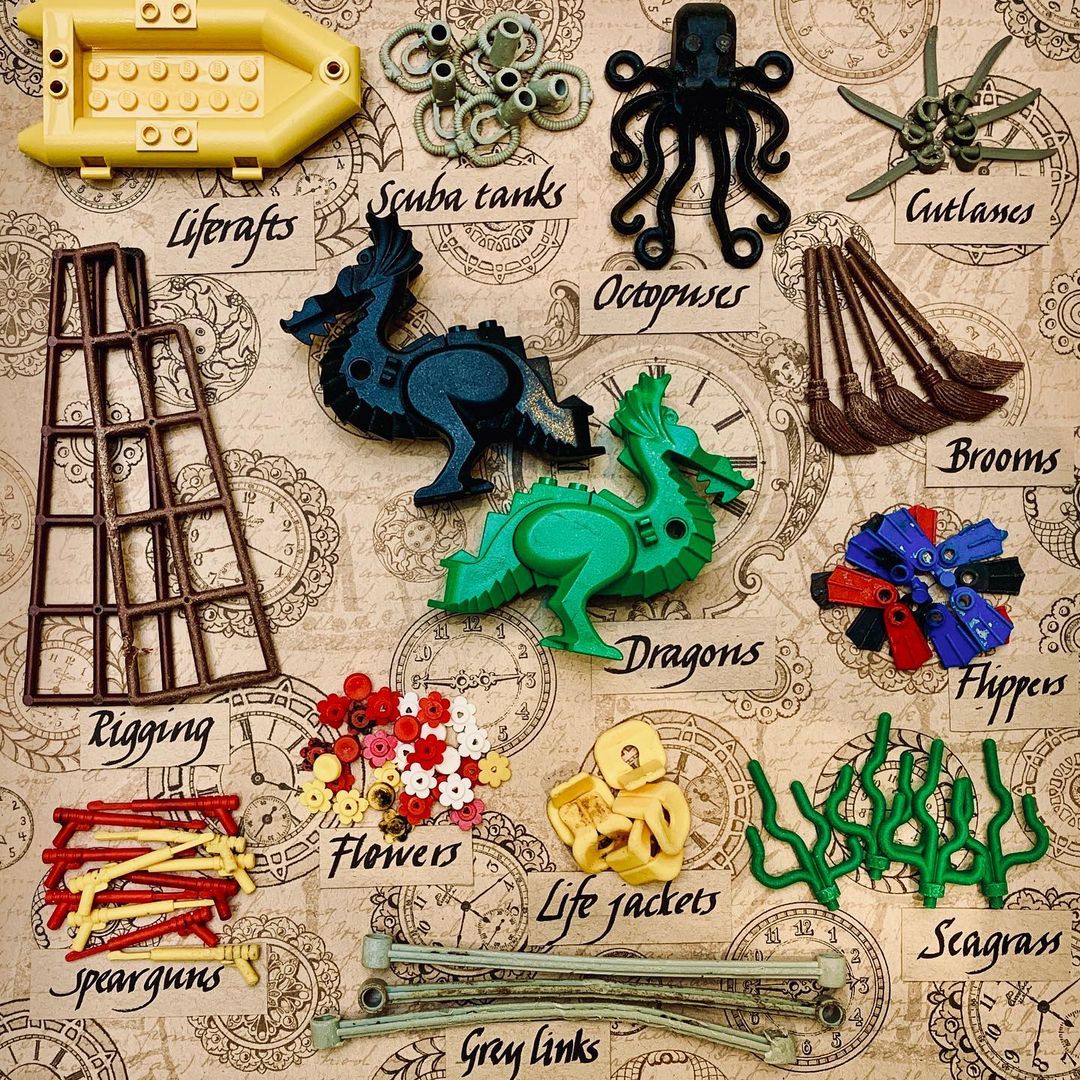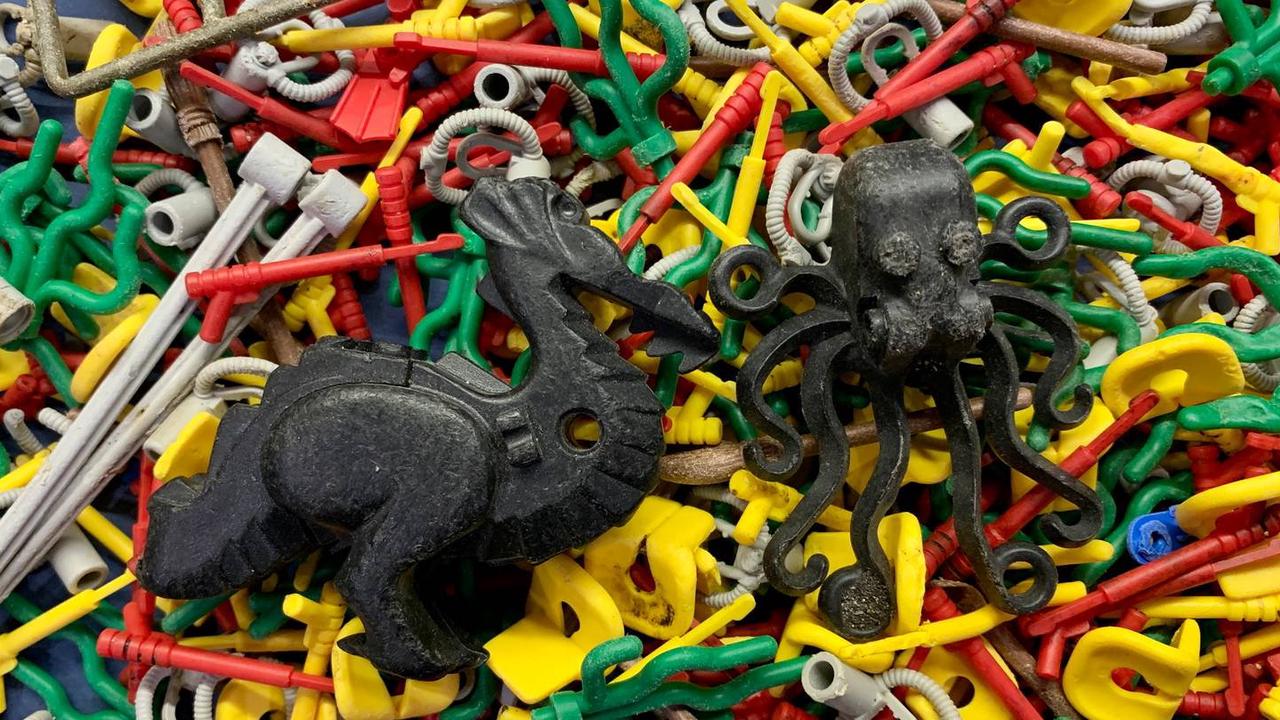The story of a woman who seeks to collect 5 million Lego pieces that were accidentally spilled into the sea.
Woman Spent 25 Years Searching For Five Million Lego Pieces Lost At Sea.
A lady known locally as the 'Lego Lady' has published a book on her quest to retrieve five million Lego pieces lost at sea over the course of 25 years.
The story began on February 13, 1997, when the Tokio Express, a cargo ship sailing from Rotterdam, was hit by a rogue wave off the Cornish coast.

One of the 62 cargo containers on board, which was carrying roughly five million Lego pieces and ended up falling into the water, was carrying cigarette lighters, hose components, wheelbarrow wheels, garden equipment, and furniture.
Beachcombers have discovered Lego parts washing up not just on Cornish coasts, and also as far as the Atlantic coast of Ireland, in the years afterward.
The unusual treasure hunt became the 'highlight of any trip to the beach' for Tracey Williams and her family on the beaches near their home on the south coast of Devon, she said.
Williams turned the hunt into a project, documenting the 'Lego Lost At Sea' she discovered on social media, which is now the topic of her new book, Adrift.

Williams writes in her book how she came to be known as the 'Lego Lady,' after being attracted by the fact that most of the Lego were sea-themed, thanks to a "strange quirk of fate."
She writes: “After the BBC picked up on the story it went viral and beachcombers came forward in their hundreds to share their Lego finds, many posting images on social media.
“The Facebook page became a joyous affair, with people posting videos of the ‘happy dances’ they did when they discovered a bit of Lego.
“It grabbed attention around the world with people flying in from as far as the US to find pieces for themselves.
“To find out how far the Lego had drifted, a friend and I began recording where and when it washed up.

“It seemed much of it had been swept by ocean currents up the north coast of Cornwall, where it was discovered on almost every beach from Land’s End to Bude, with Perranporth proving to be a hotspot for Lego brooms.
“Sightings have since been made as far north as St. Bees in Cumbria and as far west as Spanish Point on Ireland’s Atlantic coast, where a dragon was spotted in early 2021.”
Her research was included in a comprehensive study released last year that discovered Lego bricks might survive in the water for up to 1,300 years.
Researchers from the University of Plymouth examined bricks that had washed ashore on south-west England's beaches, establishing the ages of each piece and weighing them before reviewing the outcomes to those of similar unused bricks.
Associate professor of environmental sciences, Dr. Andrew Turner, said: “Lego is one of the most popular children’s toys in history and part of its appeal has always been its durability.

“It is specifically designed to be played with and handled, so it may not be especially surprising that despite potentially being in the sea for decades, it isn’t significantly worn down.
“However, the full extent of its durability was even a surprise to us.
“The pieces we tested had smoothed and discolored, with some of the structures having fractured and fragmented, suggesting that as well as pieces remaining intact, they might also break down into microplastics.
“It once again emphasizes the importance of people disposing of used items properly to ensure they do not pose potential problems for the environment.”

